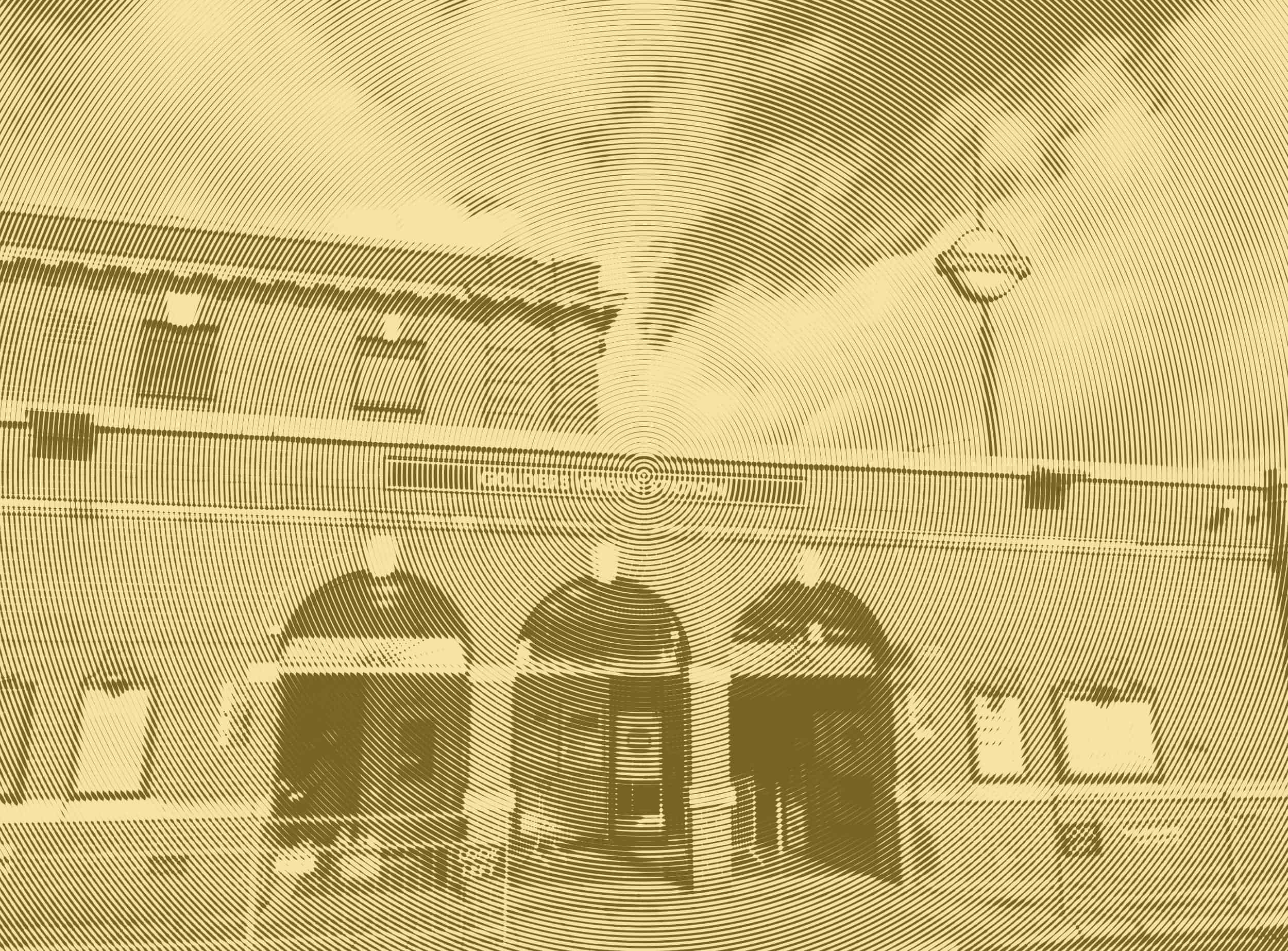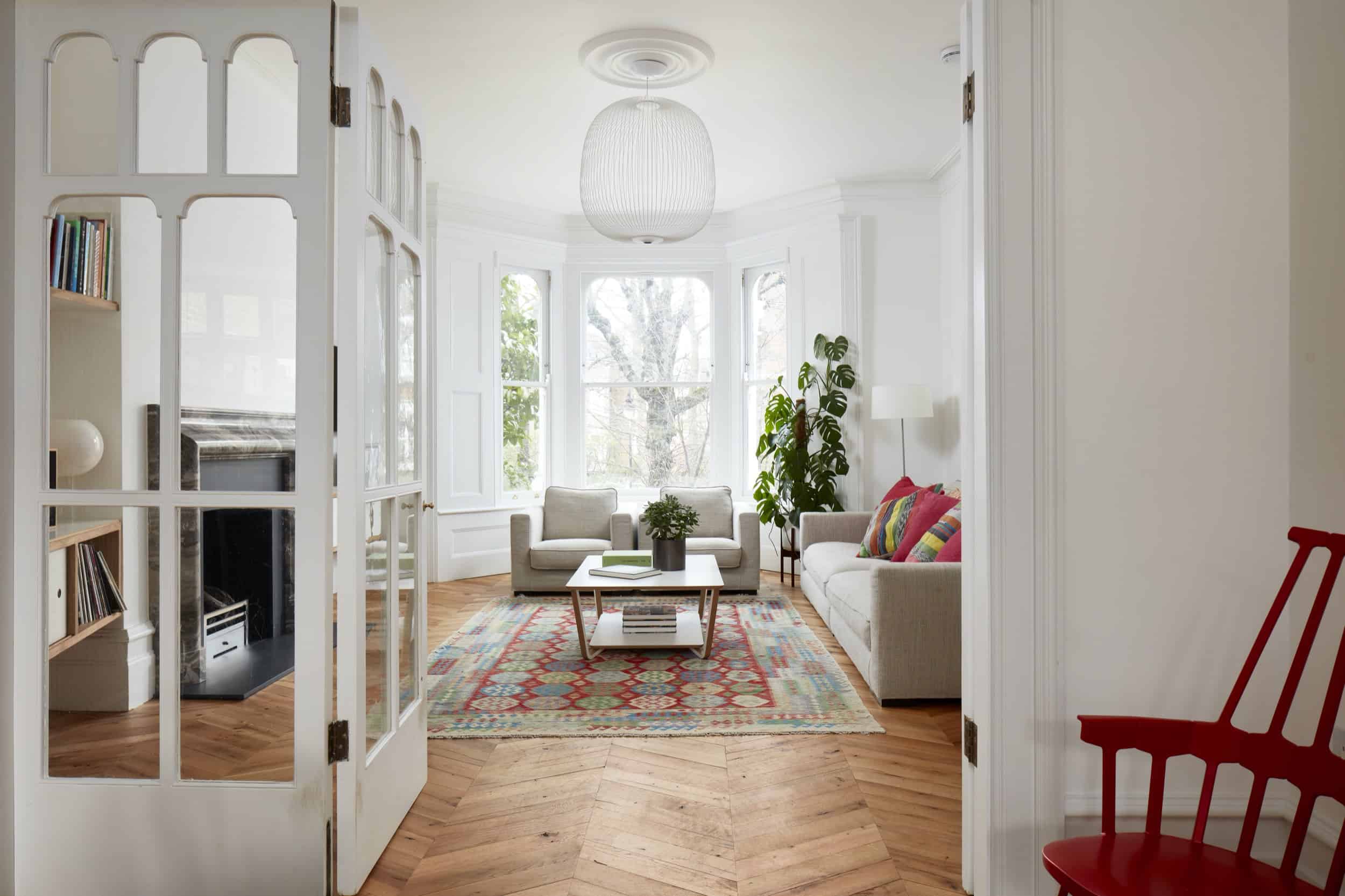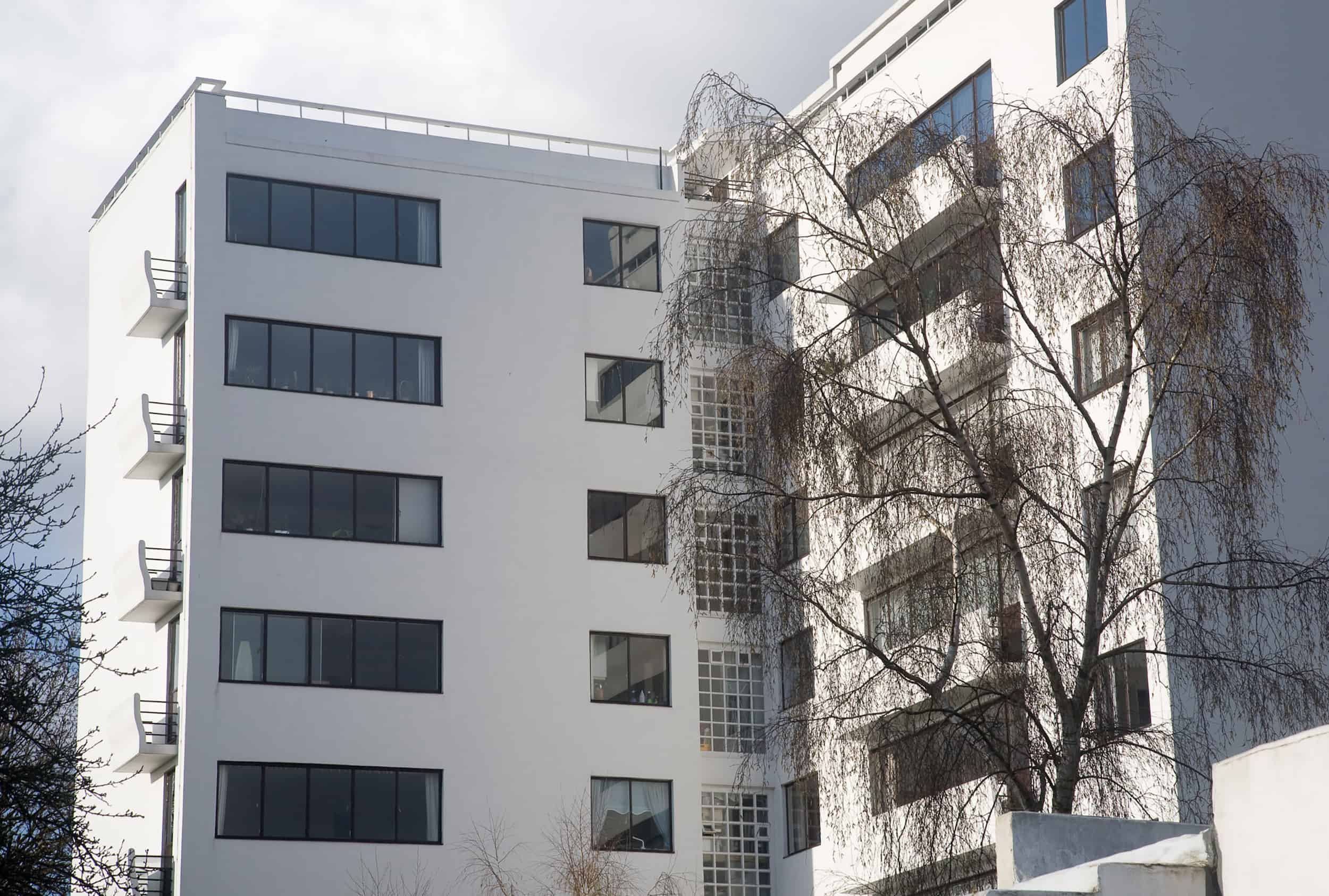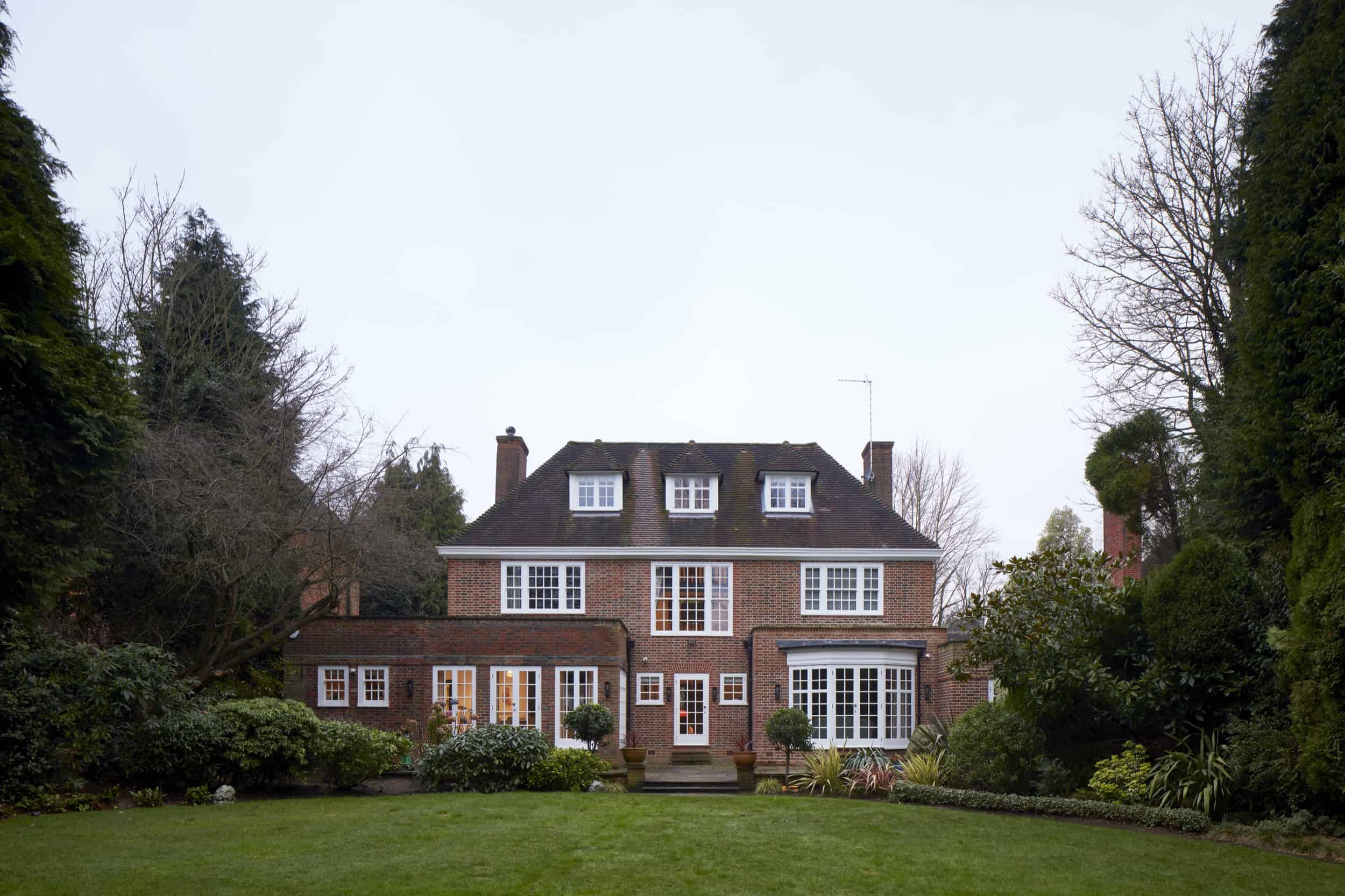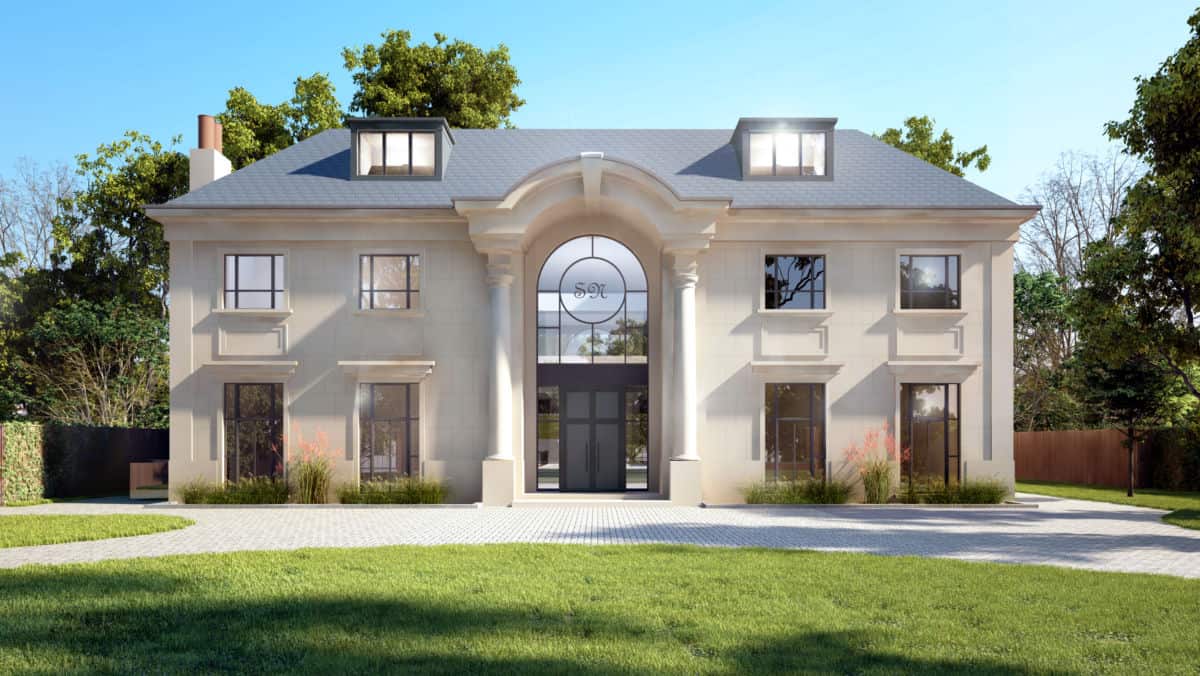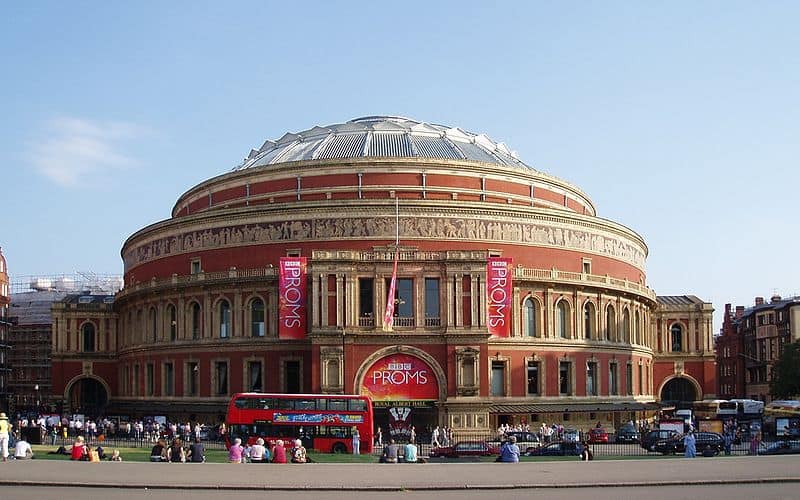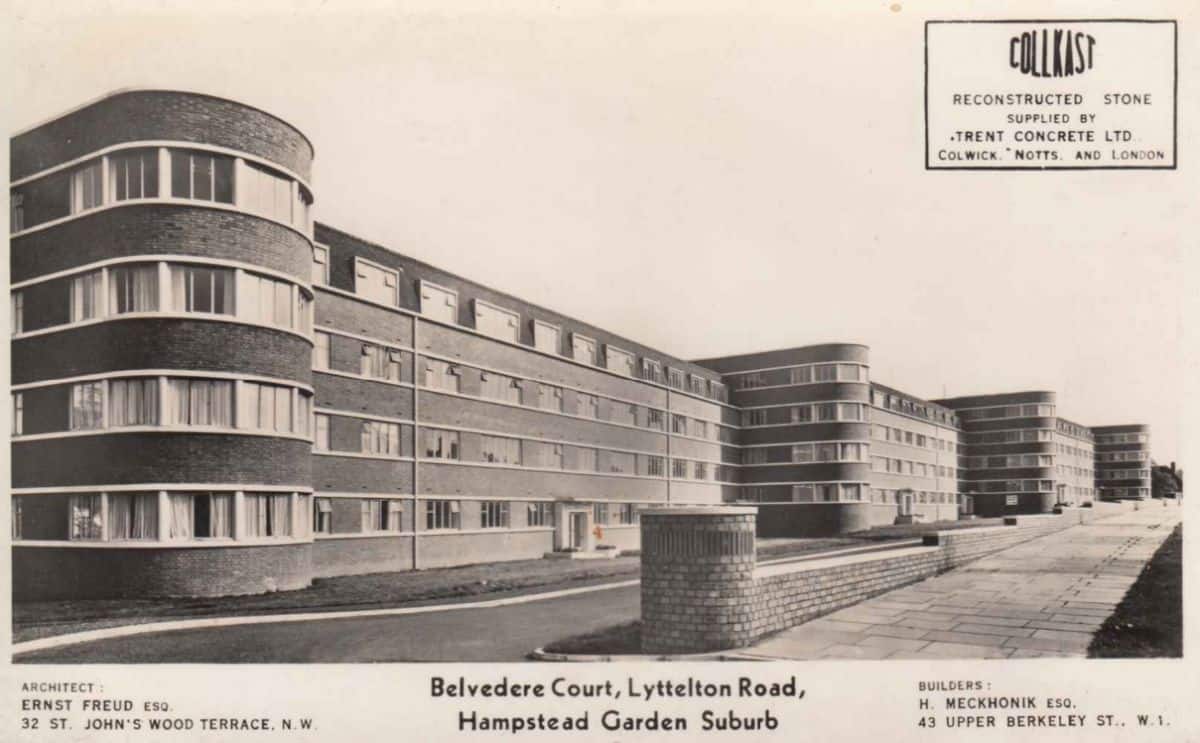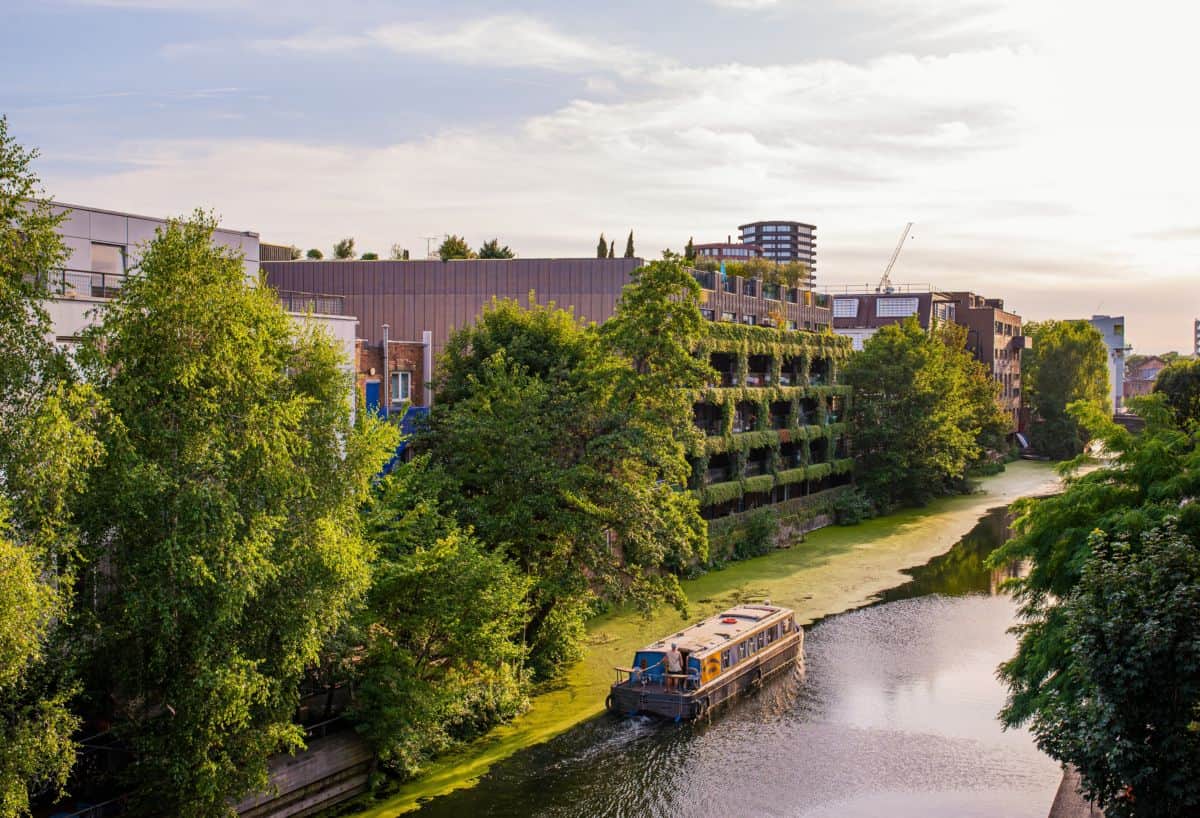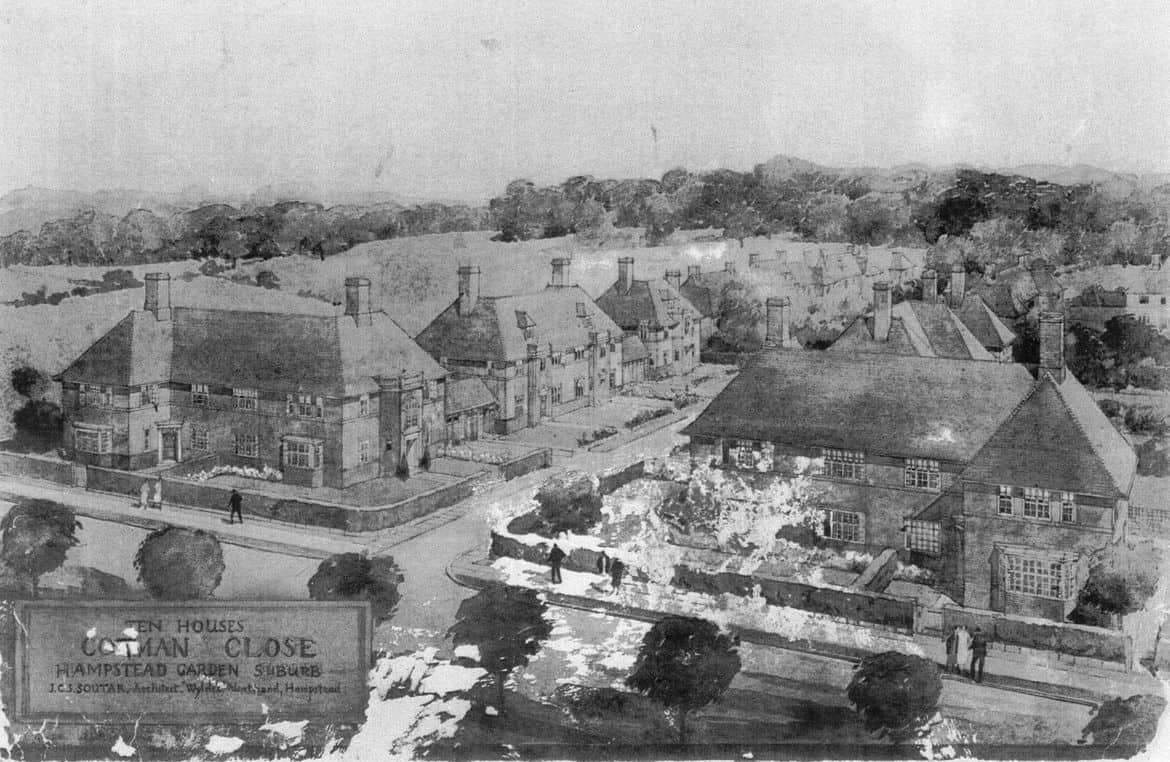History of London Borough of Barnet
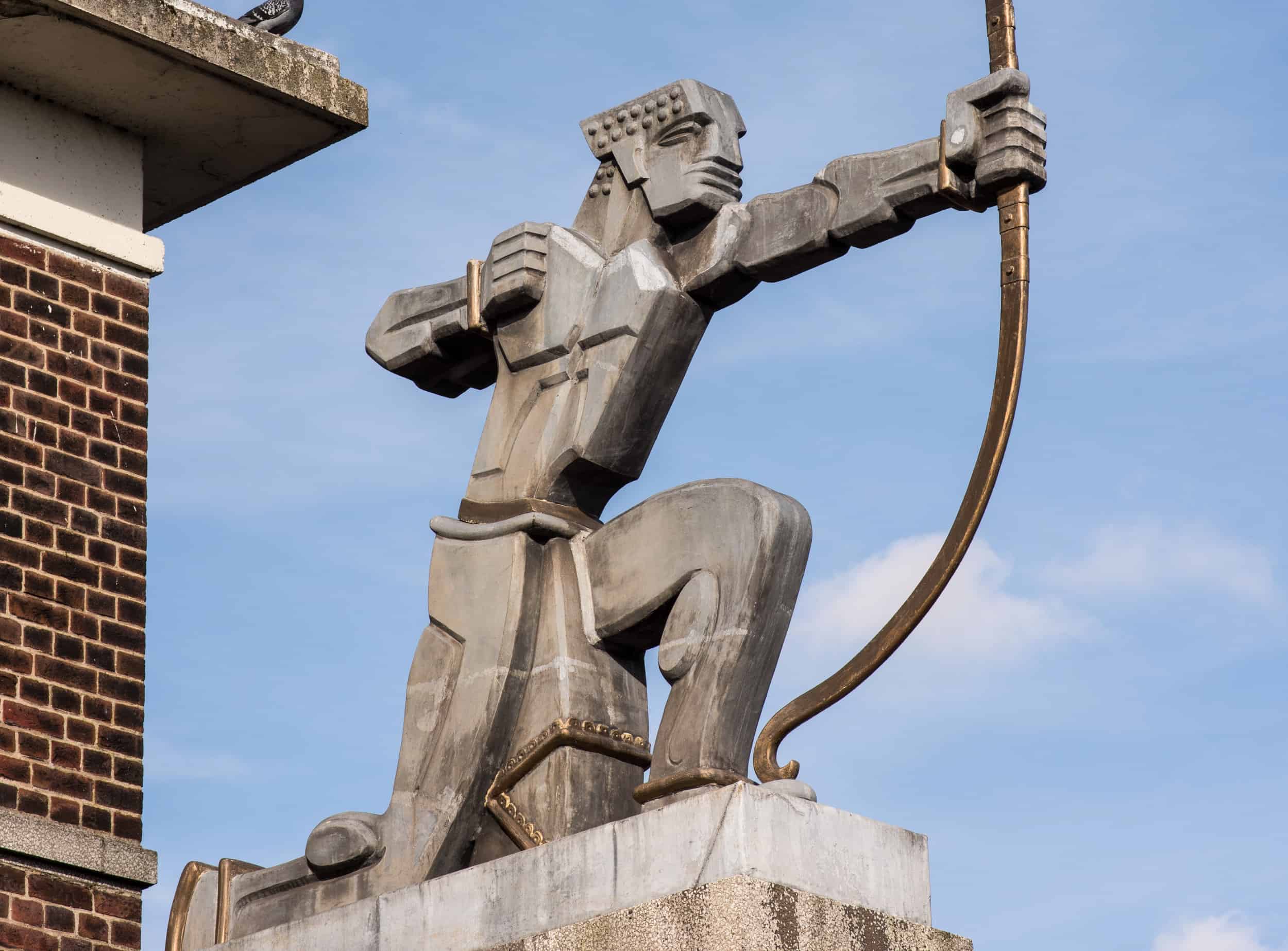
Located in the northwest of the city, the Borough of Barnet is one of the 32 London boroughs that make up the Greater London area. It was first formed in 1965 by merging several smaller boroughs. The suburban, modern borough covers an area of some 26 square miles and now has a population of over 300,000 people.
Let’s dive in and learn a bit more about the history of this area of London, which may be new but not lacking in history and intrigue.
History and Traditions
The Borough of Barnet has a long and rich history, dating back to the times of the Roman occupation of Britain. The Romans built several forts and settlements in the area, which were later occupied by the Saxons. Later in the Middle Ages, Barnet was an important market town, before growing rapidly during the Tudor period. The Borough can also lay claim as the site of several battles during the English Civil War.
The first people to settle in the area now known as Barnet were in fact the Celts, who arrived around 500 BC. They built small farmsteads and cleared the land for farming. Then, around 43AD, the Romans arrived and built a garrison town called Verulamium just outside present-day St Albans. The town grew and prospered and became an important trading centre. After the Romans left in 410 AD, the area was settled by the Anglo-Saxons. Barnet market is thought to date back to this time and became a well-established weekly market by 1227.
The area remained rural until the 19th century when the coming of the railways led to a rapid increase in population and development. The first railway line through Barnet opened in 1837, and by 1865, eight different railway companies were operating in the borough. This led to a boom in house-building and the growth of new towns such as Hendon and Finchley. In the 20th century, Barnet became a popular place to live for those working in central London, and the population continued to grow.
The Battle of Barnet
One of the most critical battles in English history, the Battle of Barnet was fought on the morning of Sunday, 14 April 1471. The Battle was part of the Wars of the Roses, a series of civil wars fought between the Lancastrians and the Yorkists to control the English throne. The battle was a victory for the Yorkists and played a significant role in the eventual defeat of the Lancastrians. A memorial in the town centre today commemorates the Battle of Barnet.
Hendon Aerodrome
In 1911, the first powered flight in Hendon took place from the Aerodrome. The Aerodrome was an essential military base during World War I and was used by the Royal Flying Corps. After the war, it became a public airfield and was used by a number of different airlines. In 1931, if you can believe it, it was the busiest airport in the world. The Aerodrome closed in 1968, and the site is now occupied by the London Borough of Barnet’s offices.
Finchley, Friern Barnet and Totteridge
The Finchley, Friern Barnet and Totteridge district was originally part of the ancient parish of Finchley. The name ‘Finchley’ comes from the Old English words ‘Finca’ meaning fowl or poultry, and ‘Leah’ meaning wood or clearing – so Finchley could mean ‘the place where fowl are kept’. The Friern Barnet district was originally part of the ancient parish of East Barnet. The name ‘Friern’ comes from the Old French word ‘frère’, meaning brother – so Friern Barnet could mean ‘the place where brothers live’. Totteridge is thought to derive its name from the Old English word ‘totora’, meaning look-out post.
Famous Art
La Délivrance
The naked lady statue on top of a building in Whetstone High Road, called La Délivrance, is a well-known local landmark. The bronze statue, depicting a woman holding a sword and shield, was sculpted by French sculptor Emile Guillaume and installed in 1915. It was initially located on the front of a First World War memorial but was moved to its current location in the 1920s.
Eric Aumonier’s Archer
The Archer is a bronze statue of, as the name suggests, an archer located on East Finchley High Street. Created as a decoration piece for the new east Finchley station, the statue was sculpted by Eric Aumonier and unveiled in 1940. The original figure was made from beechwood and lead skin.
Barnet Architects
The Borough of Barnet is home to many notable buildings and structures designed by some of the most famous architects in history. The Grade I listed barn at Chipping Barnet (also known as High Barnet) was built in 1388 and is one of the oldest timber-framed buildings in England. Kenwood House, a stately home located in Hampstead Heath, was designed by Robert Adam and is now owned by the English Heritage. Meanwhile, All Saints Church in Barnet village was designed by Augustus Pugin, one of the most influential architects of the Gothic Revival movement.
Landmarks
The Borough also has several notable buildings and landmarks, many of which were designed by local Barnet architects. The Church of St Mary the Virgin in Hendon is another ancient building dating to the 12th century, while Hendon Hall, now used as a hotel, was built in the 16th century as a large country house. The mausoleum of Lord Byron’s wife, Annabella Milbanke, can also be found in the churchyard. Barnet architects also designed a number of public buildings, including Barnet Town Hall and Hendon Library.
Transport
The Borough is served by two main railway lines, the Northern Line and the Midland Mainline. There are also several London Underground stations and a number of national rail services. Many bus routes also serve Barnet, and there are plans to extend the London Overground service to include a station in the borough.
Barnet Today
The London Borough of Barnet is a truly vibrant and diverse community with something to offer everyone. With its rich history, beautiful architecture, and excellent transport links, we think the Borough is an ideal place to live, work and settle down. So whether you’re interested in the arts and culture, or perhaps sport or a spot of shopping, Barnet is sure to have something for you. So why not come and explore this wonderful borough for yourself?
Looking for an architect in Barnet? Read more about our work in Barnet.
Image courtesy Art on the Underground



